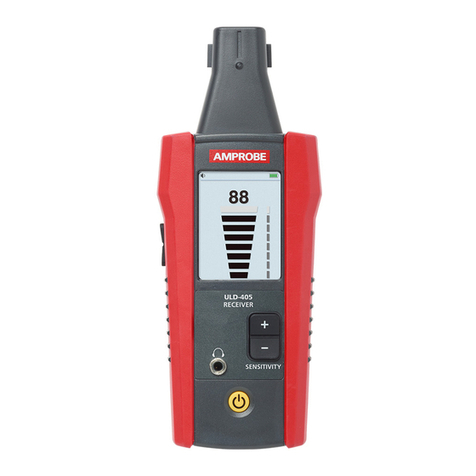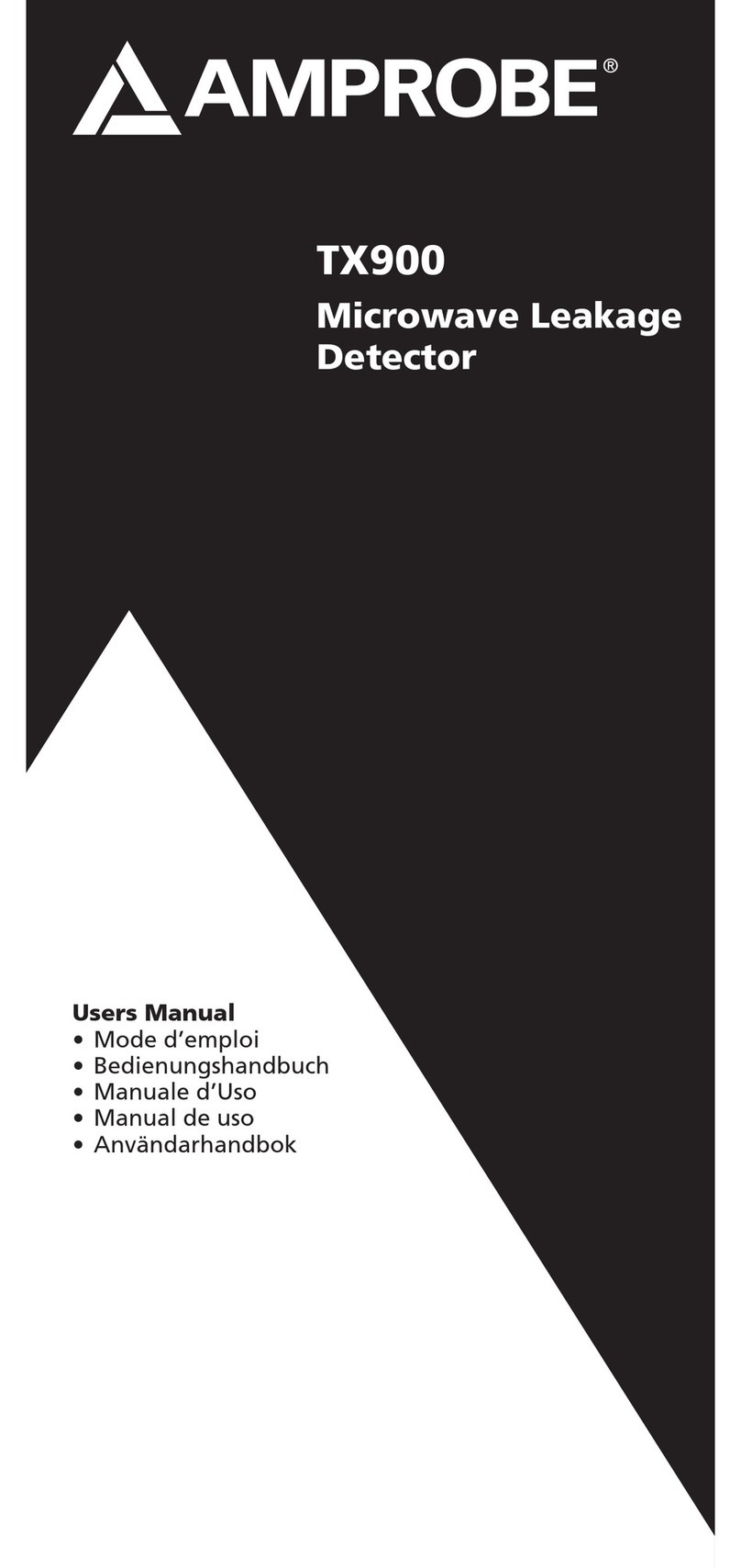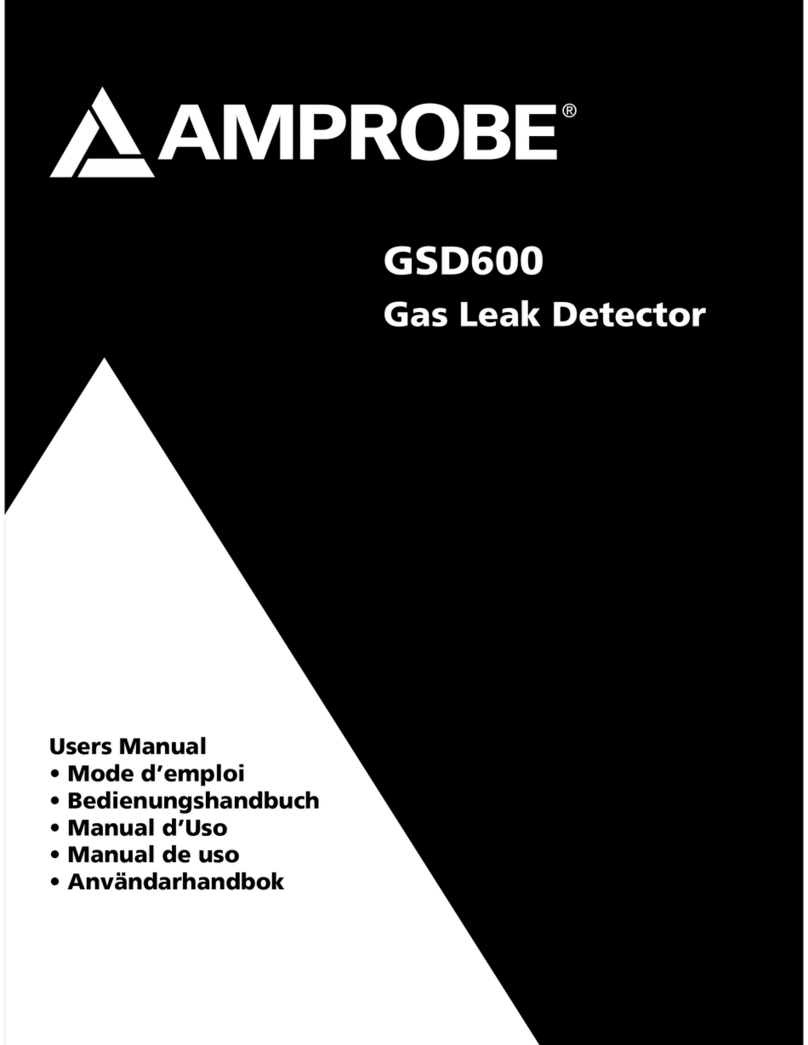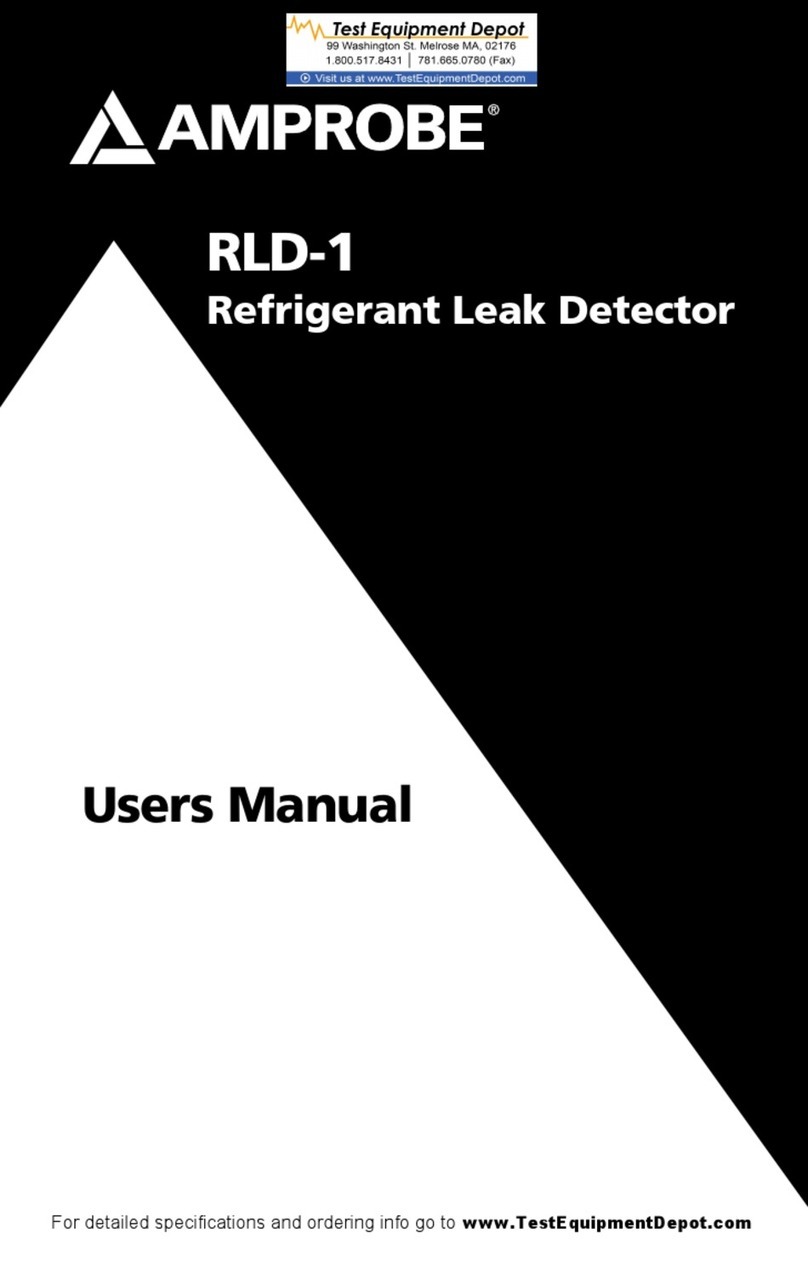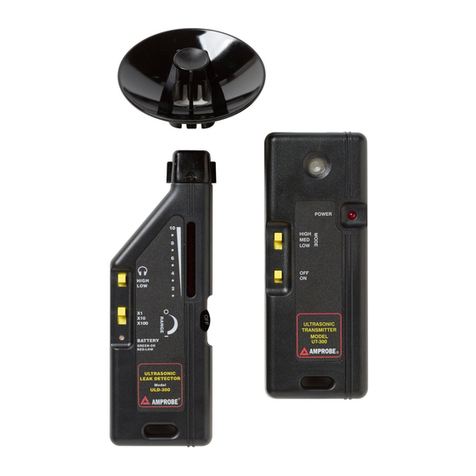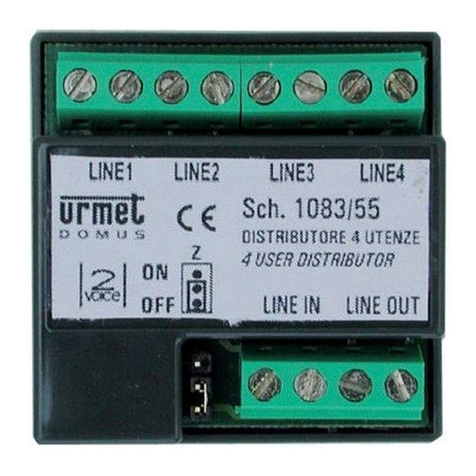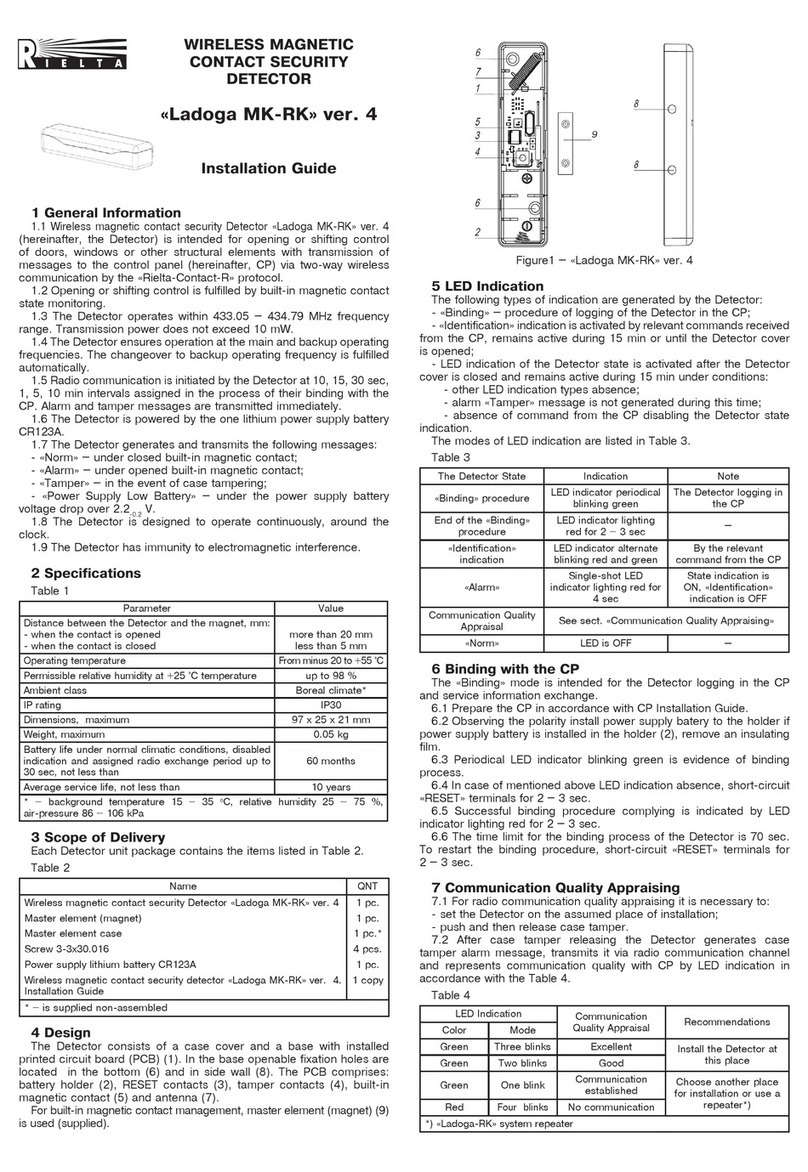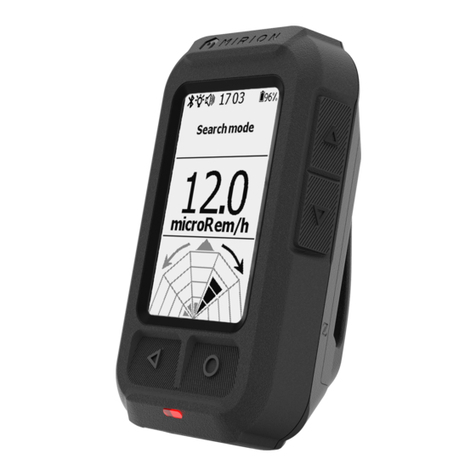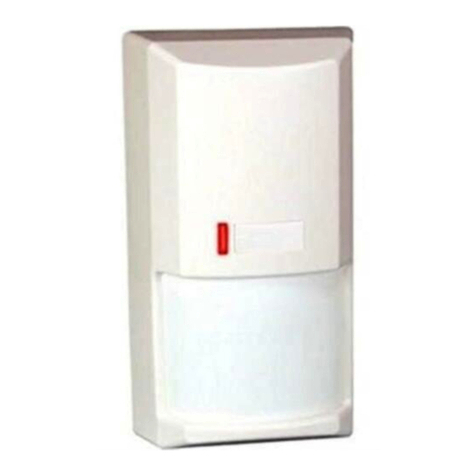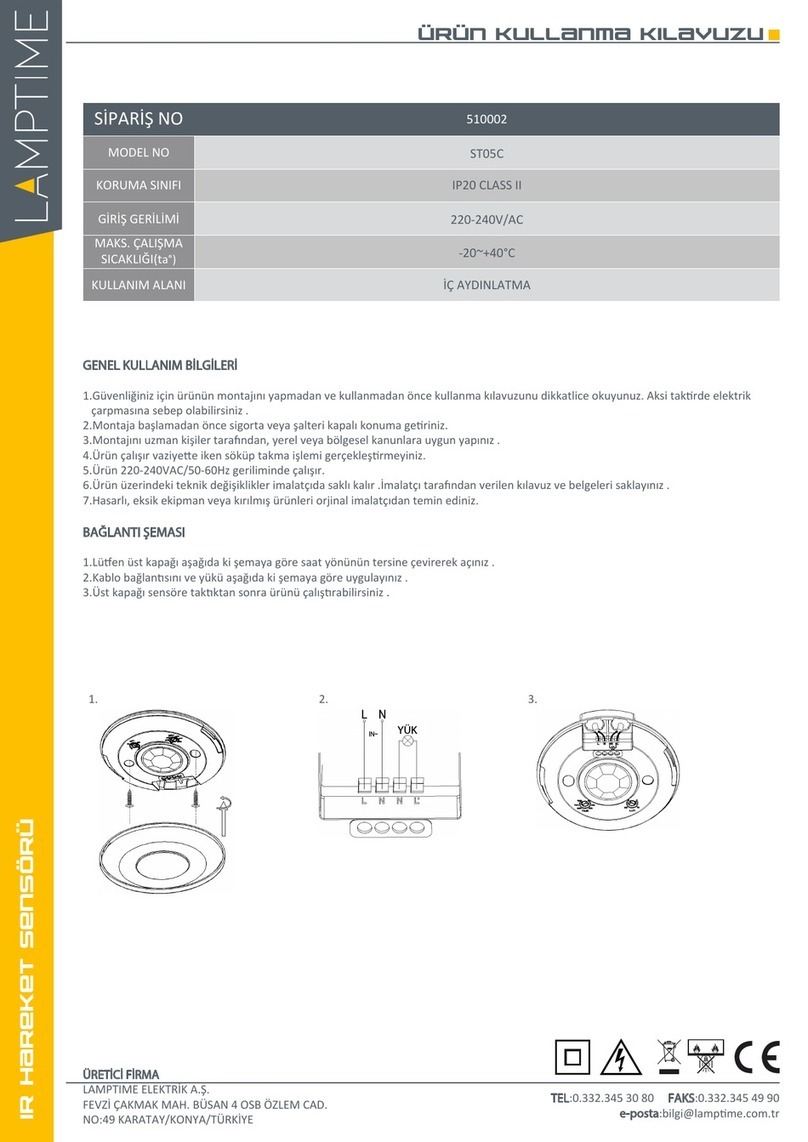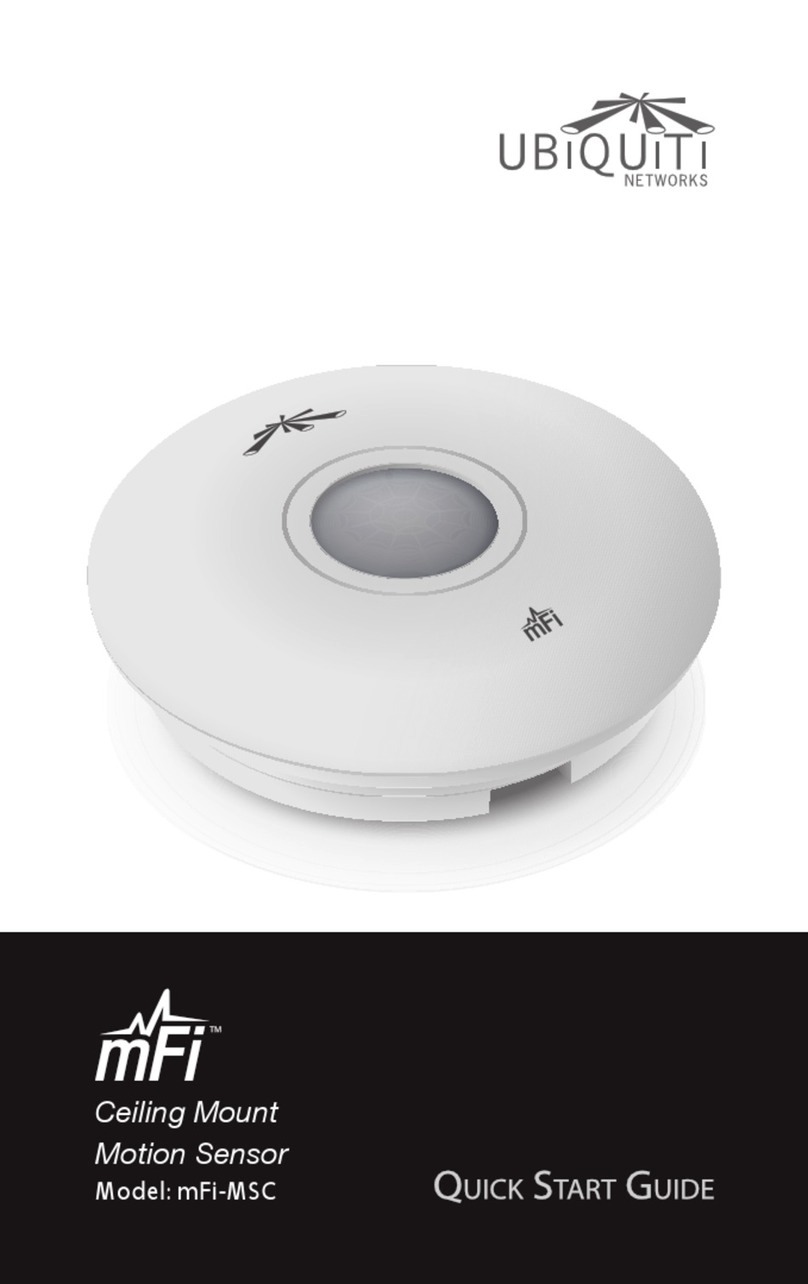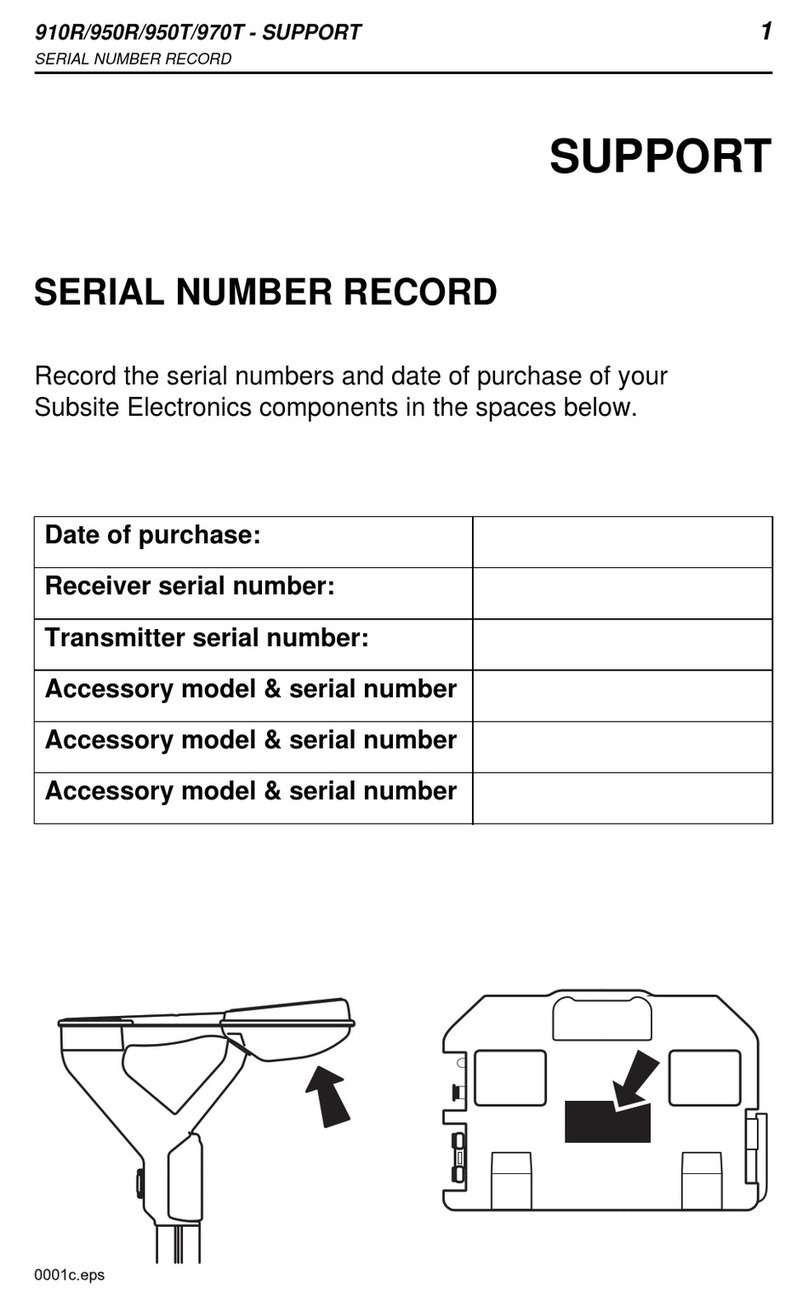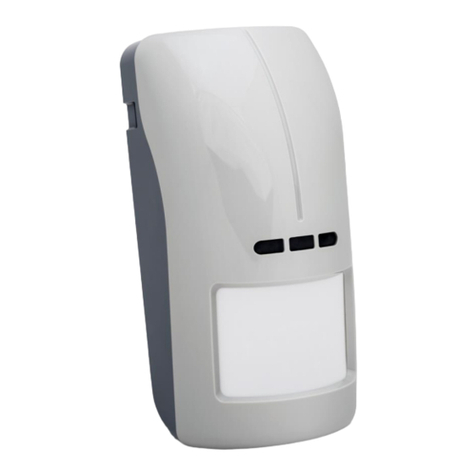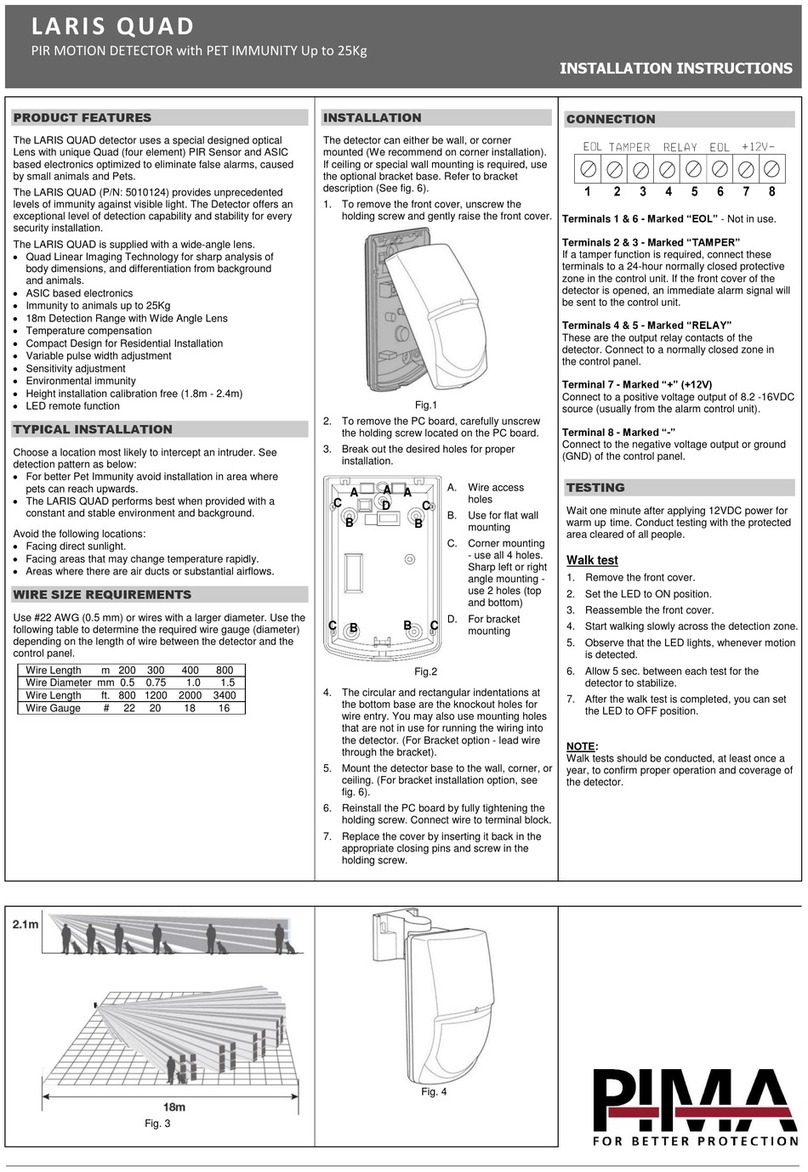
3
Warnings: Read Before Using
To avoid the possibility of electric shock or personal injury:
• Use the Product only as specified in this manual or the protection provided by the instrument may be compromised.
• Avoid working alone so assistance can be rendered.
• Test on a known signal source within the rated voltage range of the Product both before and after use to ensure the
Product is in good working conditions.
• Do not use the Product around explosive gas, vapor, or in damp or wet environments that exceed IP54 rating per
IEC 60529.
• Inspect the Product before use and do not use if it appears damaged. Check for cracks or missing plastic. Pay
particular attention to the insulation around the connectors.
• Inspect the test leads before use. Do not use if insulation is damaged or metal is exposed.
• Check the test leads for continuity. Replace damaged test leads before using the Product.
• Do not use the Product if it operates incorrectly. Protection may be impaired. When in doubt, have the
Product serviced.
• Have the Product serviced only by qualified service personnel.
• Use extreme caution when working around bare conductors or bus bars. Contact with the conductor could result in
electric shock.
• Do not hold the Product beyond the tactile barrier.
• Do not apply more than the rated voltage and CAT rating, as marked on the Product, between the terminals or
between any terminal and earth ground.
• Remove test leads from the Product before opening the Product case or battery cover.
• Never operate the Product with the battery cover removed or the case open.
• Use caution when working with voltages above 30 V AC RMS, 42 V AC peak, or 60 V DC. These voltages pose a
shock hazard.
• Do not attempt to connect to any circuit carrying voltage that may exceed the maximum range of the Product.
• Use the proper terminals, functions and ranges for your measurements.
• When using alligator clips, keep fingers behind the finger guards.
• Use only exact fuse replacement and specified replacement parts.
• When making electrical connections to the UAT-500-T Transmitter, connect the black test lead to the ground
before connecting the red test lead to energized circuit; when disconnecting, disconnect the live test lead before
disconnecting the ground test lead.
• To avoid false readings that can lead to electrical shock and/or injury, replace the batteries as soon as the low
battery indicator appears. Check Product operation on a known source before and after use.
• Use only 6x AA batteries for the UAT-600-R Receiver and only 4x D size batteries for the UAT-500-T Transmitter,
properly installed in the battery compartment, to power the Product (see Section 5.1: Battery Replacement).
• When servicing, use only specified user serviceable replacement parts.
• Adhere to local and national safety codes. Individual protective equipment must be used to prevent shock and arc
blast injury where hazardous live conductors are exposed.
• For use by competent persons only.
• Only use the test lead provided with the Product.
• Remove the batteries if the Product is not used for an extended period of time, or if stored in temperatures above
140 °F (60 °C). If the batteries are not removed, battery leakage can damage the Product.
• Follow all battery care from the battery manufacturer.
• Do not use the Product to check for absence of voltage. Please use a voltage tester instead.
www.GlobalTestSupply.com
Find Quality Products Online at: sales@GlobalTestSupply.com
